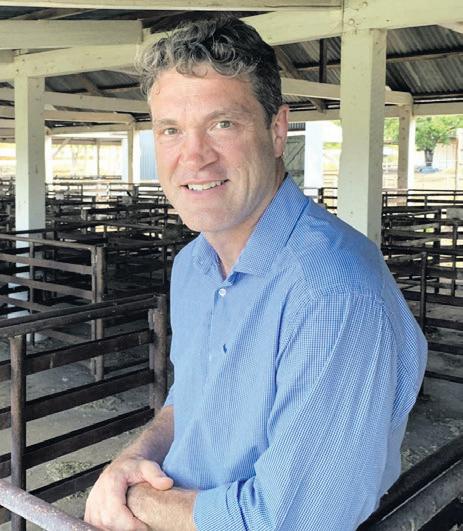
2 minute read
Toxic leadership ‘fuelling’ Australian businesses as one in three inadvertently lead with fear, causing $2.3 billion productivity loss
People can be motivated by a range of emotions, and a key one is driving corporate managers in today’s workplaces — fear.
A new study conducted and released today by Margot Faraci, a leading management expert and prominent senior leader in Australia with over 20 years experience at Macquarie Bank, NAB, CBA and more, shows toxic leadership is fuelling thousands of Australian businesses, with one in three (27%) harbouring unconscious fear.
A third of corporate managers are primarily motivated by fear, creating less efficient and less psychologically safe work environments that cost $2.3 billion annually in lost productivity. It’s a matter that goes beyond statistics; it touches the very core of leadership dynamics.
Fearful leaders in Australia lose an estimated $26,263 in a year (based on their salary and estimated hours lost), equaling a $2.3 billion cost in productivity across Australia.
Concerningly, seven in 10 (69%) of managers firmly believe stress and fear can be used as a positive or motivational tool, despite acknowledging its adverse effects on performance, well-being, and company culture.
The findings are part of a global study by Margot Faraci which analysed the leadership behaviours of 2,500 managers in Australia, the UK, and US, in order to map and uncover unconscious fear in leadership.
The challenge is that thousands of leaders are often unaware they’re leading with fear or coming from a fearful response.
Fearful leadership isn’t just shouting or aggressive behaviour, it’s avoidance, complacency, decision fatigue, hesitancy to express viewpoints, fear of letting people down, micromanagement, reluctance to provide feedback, not creating space for others to speak up, holding back growth opportunities from others, and more.
Fearful leadership often stems from inexperience and low self-confidence, leading to increased stress, fatigue, and compromised decisionmaking. It’s also often attributed to past experiences, creating an ongoing cycle of leadership driven by fear.
Key findings also include:
• 69% of fearful leaders in Australia firmly believe that stress can be positively harnessed in workplaces
• 87% of fearful leaders in Australia regularly witness declines in team productivity due to toxic leadership
• While the vast majority of leaders offer guidance and learning opportunities, fearful leaders are significantly more likely to either be fully hands-on or hands-off when it comes to trusting their direct reports.
• Half (49%) of fearful leaders in Australia struggle with decision fatigue
• Nearly two in five (38%) of fearful leaders regularly witness declines in team morale, half (51%) are unhappy with their job, and a quarter (23%) say workplace relationships are strained
• A third (36%) of fearful leaders admit how showing compassion in the workplace can positively impact company culture, and nearly half (42%) admit it will positively impact productivity, yet fail to do so
• Fearful leaders tend to shift the blame, believing management is at fault for declining productivity, largely due to micromanagement and lack of communication
















